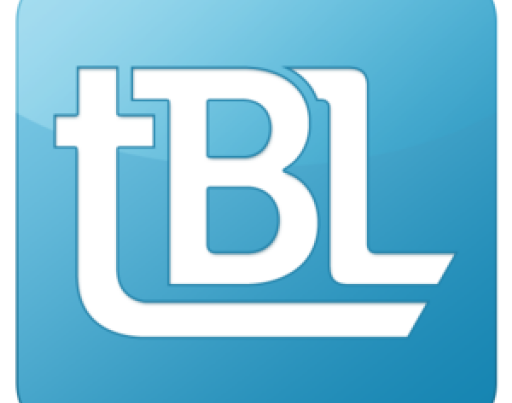Author: Buildout This post originally appeared on Buildout’s Blog and is republished with permission. Find out how to blog with us on theBrokerList.
When leasing a commercial real estate property, it’s important to have a plan in place to prepare the property and successfully find the right tenant.
So—to help leasing brokers or brokerages—we put together a general checklist of items to cover, such as inspecting the property, defining the target tenant, researching competing properties, setting up local marketing, and reviewing previous inquiries in your database. Here are our tips.
1. Inspect the property
Inspecting the property comprehensively is the first step to preparing a commercial property for lease. To make the property attractive (or more attractive) to potential tenants, you’ll need to assess what improvements the commercial property needs and undertake the necessary changes.
Inspect the property both internally and externally and pay special attention to size, necessary improvements based on level of importance, services, and amenities. Detail those inspection findings with a SWOT analysis to develop a plan for making the most impactful improvements.
2. Define the target tenant
Defining the target tenant is one of the most important steps in preparing to lease a commercial property, because knowing who and what the commercial space is for will ensure you are marketing it to the right potential tenants.
Define the target tenant market by location, type, budget, and timing. Although this may decrease your addressable market, you can avoid any unnecessary modifications and increase profitability when you find a tenant that’s ideal for the property as it is.
3. Research competing properties
Marketing the property for what it’s worth is extremely important. If the rent price is too high, potential tenants will pass on the property and it will sit on the market for too long; too low and potential tenants will think something is wrong with it.
As a leasing broker, you’ll need to determine the appropriate rental rate based on location, condition, traffic, and rental rates of similar nearby properties. Define, locate, and research those competing properties on a primary, secondary, and regional level to best set competitive rents.
4. Set up local marketing
When developing your strategy for marketing a commercial real estate property for lease, your marketing solutions should detail online, offline, and direct marketing tactics. The more exposure, the better.
Your marketing plan for leasing the commercial property should include a marketing timeline, documents, property website, campaigns, signage, and syndication of information. Brokers should also set up local marketing to promote the lease property and take advantage of buildings, nearby businesses, streets, and precincts.
5. Review inquiries in database
One best practice for leasing a commercial real estate property is to revisit previous connections and leads you’ve obtained in the past. Have you received any inquiries in the past from tenants that could be a good fit for your new lease? Do you have a shortlist you could use for outreach?
Chances are, if you have a good CRM and prospecting system, you have target tenants in your database already. So, leverage your contact records and notes, make direct calls, and use branded email marketing to maximize exposure and generate leads.
Want to lease more commercial property?
With Buildout’s full suite of connected tools, you can streamline your processes, level up your prospecting, and ultimately—win more listings. If you haven’t seen what Buildout can do for you and your team, get in touch with us and ask for a personalized demo today.
For more updates like this and future coverage of tools in the CRE industry and other brokerage insights, subscribe to our blog.





